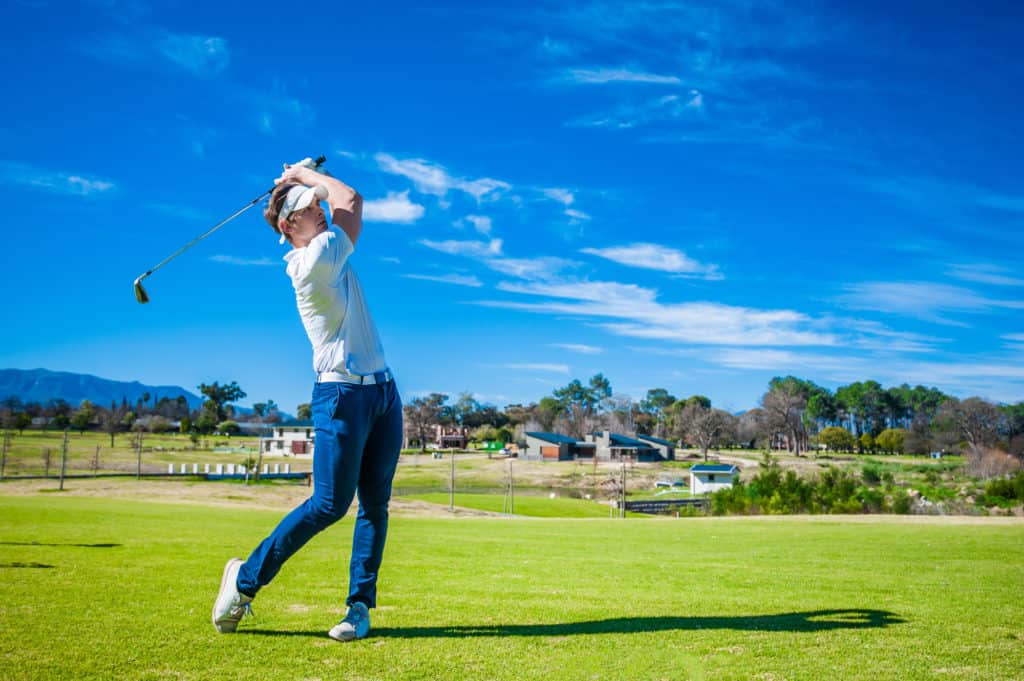
Sometimes it’s hard to know when to pull the trigger and swing the golf club.
With all those swing thoughts in your head and the constant fear that a shot could go wrong, it can be scary to actually swing the club.
This is why many golfers take practice swings.
Some players take too many practice swings, and some don’t take any at all.
In this guide, we will help you determine how many practice swings are allowed in golf and some other valuable information about practice swings themselves.
How Many Practice Swings Are Allowed in Golf?

There is no set rule as to how many practice swings are allowed before you step up to hit your shot.
Generally speaking, most people take one or two practice swings.
Some people have better luck not taking a practice swing at all.
There are a few things to consider when you decide how many practice swings to take.
You will want to make sure that you are not slowing down the pace of play, and you also want to make sure you are not hurting your scores.
What Does A Practice Swing Do For Your Game?

A practice swing can help keep your muscles warmed up, and your body ready to play.
A practice swing can also help you reinforce something that you are working on in your game.
If you have too many swing thoughts when you take your actual shot, you can become overwhelmed.
Too much going on in your head will potentially cause you to decrease swing speed and struggle with accuracy.
If you can keep your thoughts clear, your results will be much better.
Can Too Many Practice Swings Hurt Your Game?
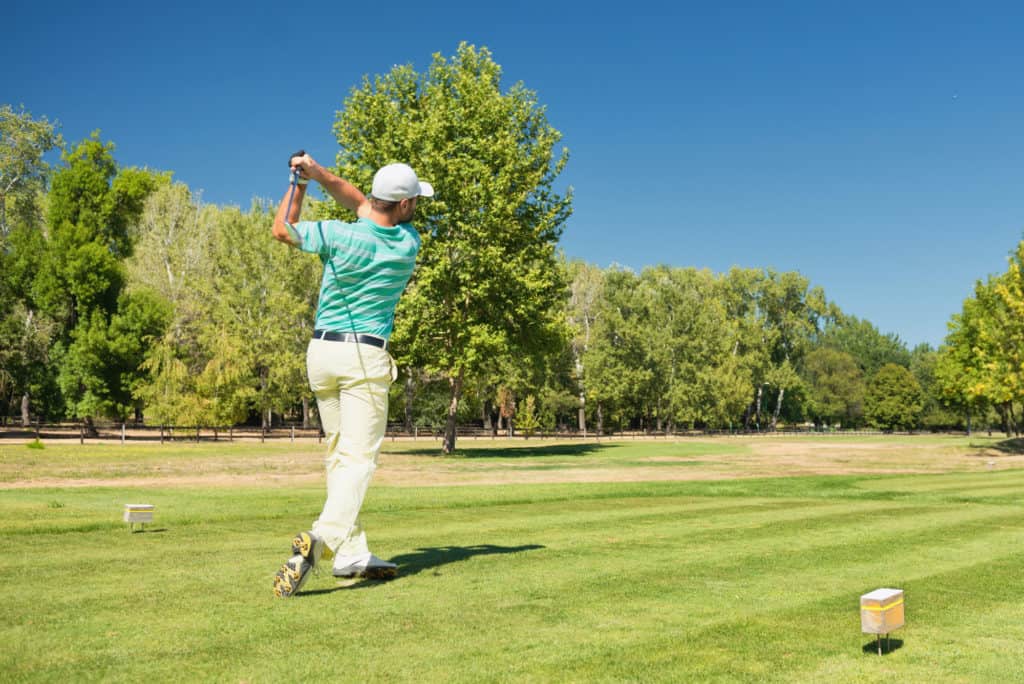
Yes, taking too many practice swings can have a negative impact on your game.
When you play a round of golf, there is quite a bit that your body must do physically.
In addition to the swings, there are also miles of walking that takes place.
If you go to the golf course before your round and hit fifty balls on the range, and then you play your typical round that is already well over one hundred swings.
If you then take two to three practice swings each time you hit a ball, you will be well over two hundred swings for the day, maybe even close to 300.
This is quite a few swings, and anyone would be tired at the end of this day.
If you feel yourself getting a little sluggish as you finish your rounds of golf, it could very well be because you are taking too many swings.
Limiting your practice swings to just one is a great idea to help you feel less fatigue while playing golf.
Practice Swings and Pace of Play
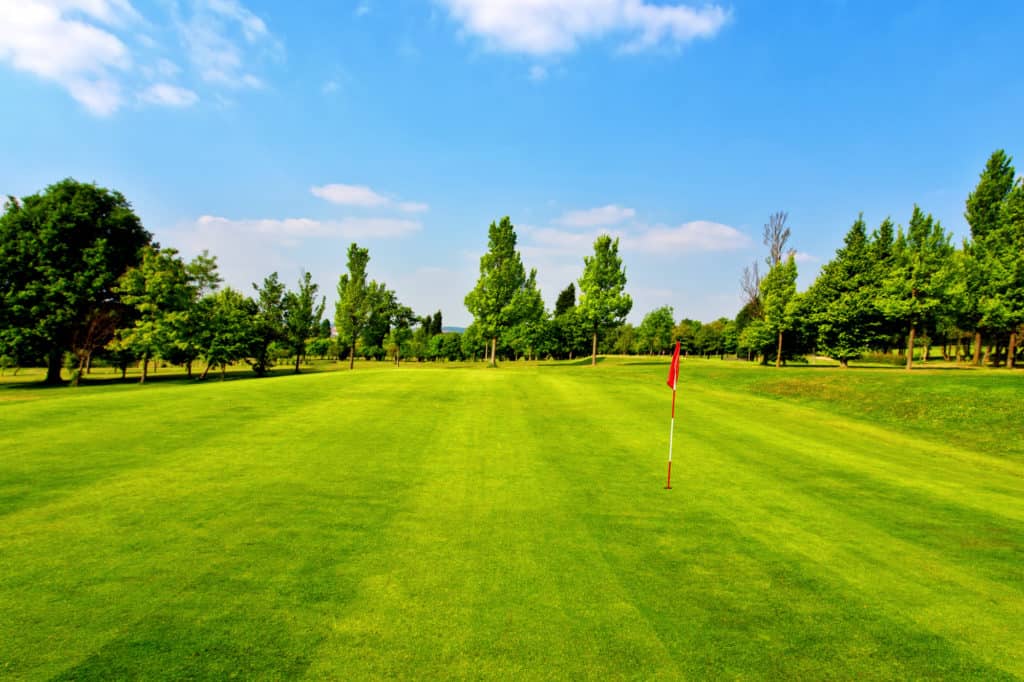
For a very long time, the number of new people taking up the game of golf was declining.
This had a lot to do with the pace of play.
Golf takes a long time to play, and busy people do not have the time to spend six hours on the golf course.
Golf does not need to take as long as it does.
Most of the time, some people don’t understand how to speed up the pace, and this causes a slowdown.
One of the things that add to a golf round slowing down is golfers that are not ready to play.
If it is your turn to hit and you are still taking your three practice swings, everyone will be standing around and waiting.
You can take your practice swings as soon as you get to your ball.
They do not need to be right before you hit your actual shot.
A good idea is to get out of the cart, choose your club, take a swing or two and then see if it is your turn to hit.
This will ensure that you are always ready, and you are not going to hold anyone up.
Some golfers have a pre-shot routine that does not include a practice swing.
Although some may say that this could mean you are stiff or rigid before swinging most of the time, it will be completely fine to take no practice swing at all.
Some golfers will take sort of a half practice swing when they are lining up or looking at the hole.
This ultimately works to keep your muscles loose and may be better than taking a real practice swing.
Can You Take A Practice Swing on The Tee?
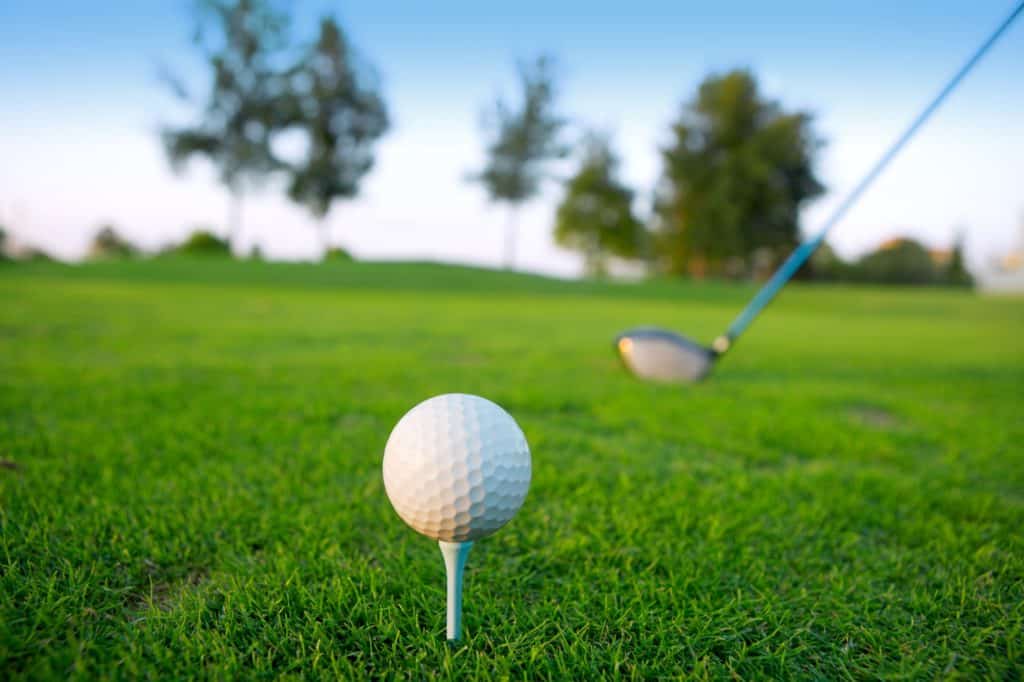
You can take a practice swing on the tee.
The only thing you should avoid doing on any practice swing is taking a divot.
There is no reason to take large clumps of grass with your practice swing.
The golf course is not easy to maintain, and having to grow grass where your original shot was is not a problem, but having to clean up after all the practice swings is not fair.
Take a practice swing or two on a tee box but leave the tee box itself in good condition when you leave.
What Happens If You Hit the Golf Ball During A Practice Swing?

If you are on the tee box and happen to take a practice swing that ends up hitting the golf ball, you will be able to put the ball back on the tee.
You do not get a penalty for this because technically, the ball was not in play as of yet.
After your tee shot, then the golf ball is considered to be in play.
If you take a practice swing in the fairway or while chipping and end up hitting the golf ball, then you will have to take a one-stroke penalty.
You will also need to put the ball back to where it was initially located before the practice swing struck the golf ball.
How Do I Make My Golf Swing as Good as My Practice Swing?

If you are taking practice swings because you are trying to improve your golf game, then there are a few things you can do to make them effective.
When you take each one, try to focus on your mechanics and your positions.
You don’t want to swing just for the sake of swinging.
Make sure that you are thinking and analyzing the swing as you take it.
If you are going to take the time and the effort to swing the golf club, you may as well make it useful.
Another thing to do is to make sure your stance and setup are good before you take the club back.
Swinging the golf club back with your feet or hands all over the place is not going to help you learn how to control and manage the club.
Conclusion
The number of swings you take when you play is not necessarily a rule as much as it is a preference.
Your playing partners are going to appreciate it if you can keep the swings to a minimum.
Your body will also thank you for not wasting so much extra energy on swings that are probably not going to change the overall results of your golf game.

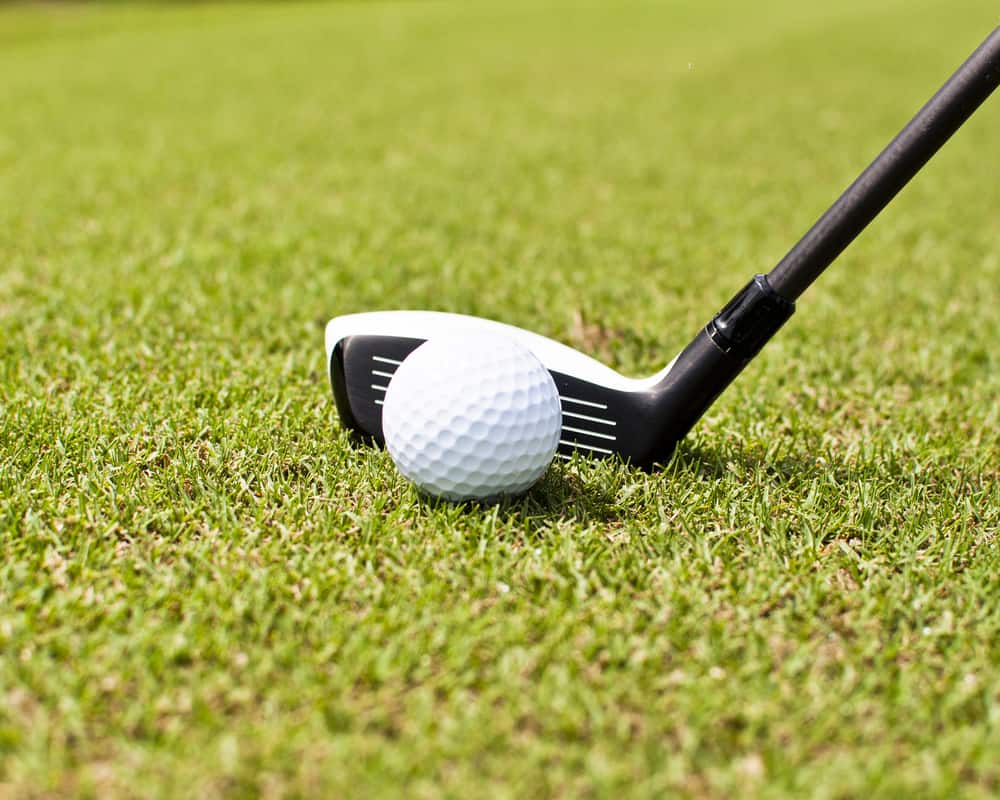
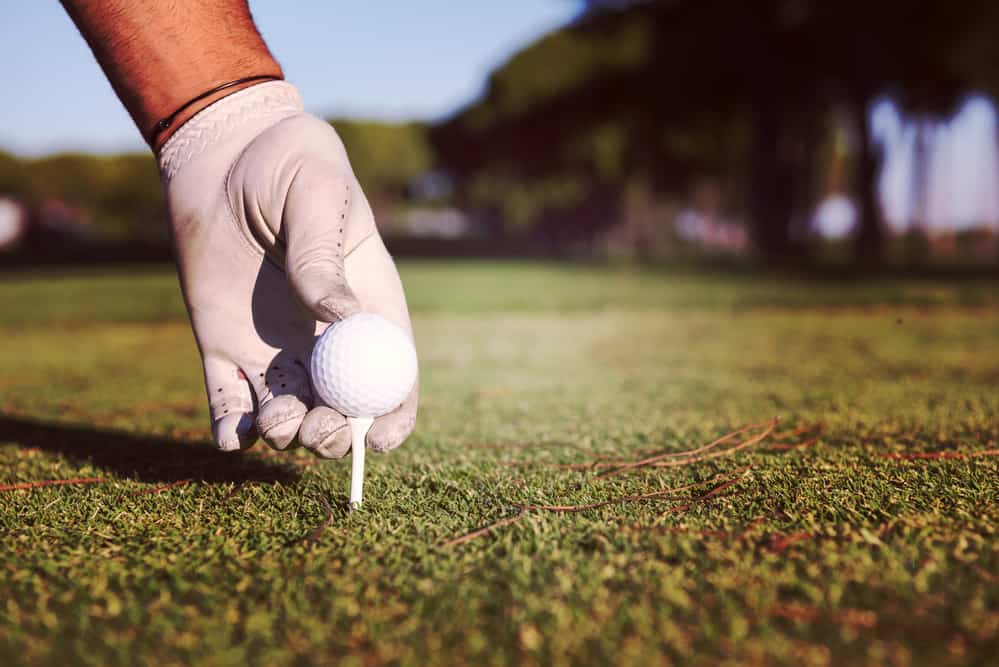
Leave a Reply